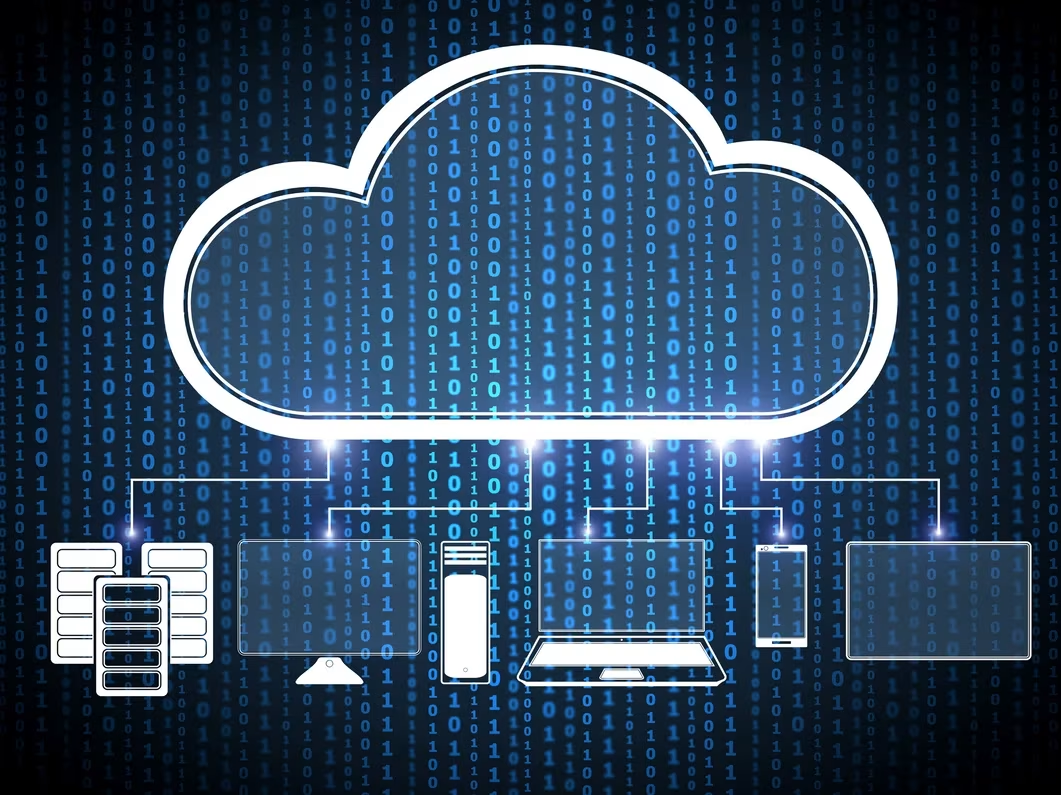
Cloud computing has come of age, but not because it’s a fancy piece of futuristic technology. What many people in retail and industry have not yet grasped is that cloud computing is really a model of how to do business with software. And it makes other businesses much more highly successful as a result… especially in logistics and warehousing.
In a nutshell, cloud computing is the delivery of on-demand computing resources—everything from applications to data centers—over the web. In most business cases, cloud computing supports applications and storage that companies “rent” on a pay-for-use basis. The actual applications and data sit on a server at the host company; users then access those applications and data sets from any place with an internet connection.
So what makes cloud computing such a good fit with logistics companies? More importantly, why should their clients care?
Reason #1: The Cloud Means Stability
Companies that offer cloud-based applications either own or rent large server facilities to support their software and hold client data. Because this technology is their bread and butter, they have already made the investment in infrastructure.
In fact, most cloud-based applications are hosted on the most advanced, most secure infrastructure money can buy. Everything, from servers to routers to power supplies, is redundant so as provide uninterrupted service, even if something should go wrong. And when the company reaches its capacity, it happily invests in more hardware, knowing it will be used for the foreseeable future—meaning that capacity is always available.
When a company (or its 3PL) uses a cloud-based system to manage warehousing and logistics, the software will always be readily available, and the service will be reliable and secure.
Reason #2: The Cloud Scales with You
One of the toughest challenges for a growing company is knowing when and how to scale systems. When is a new software license needed? When should the company switch to an enterprise-sized solution? How easy is it to add new users? New locations? New features?
When applications sit in the cloud, a lot of these worries melt away. Because the software is already in a physically different location and accessed via the internet, it does not matter where the user sits. As long as there is an internet connection, the software is available, anywhere around the world. Likewise, it does not matter how many locations are involved. Hundreds of teams from dozens of sites all can use the same system just as easily as a single location.
The “pay for use” model of most cloud solutions allows costs to scale as well. Most cloud-based software offers “tiers” of service depending on the number of sites or users. This means that companies won’t pay for an enterprise-sized solution unless that is specifically what they need. In fact, many companies offer a free or “lite” tier for trying the software at no cost—a great thing for startups and small companies.
Such flexibility, coupled with the fact that there is no investment in hardware on the part of the client, means scale is rarely an issue. As business grows or contracts, the same software solution can be used, allowing for consistency as well as stability.
Reason #3: The Cloud Contains Costs Like Little Else
Let’s get to the real reason businesses are loving the cloud and moving their applications there in droves: cost containment.
IT is at a place where power generation was 100 years ago. Back then, many companies had to generate their own power, especially if they owned a plant that was remote from major cities. But running one’s own power generation is costly and ties up a lot of capital. Which is precisely why companies don’t bother with their own power generation anymore—they simply get power from the grid and make it a monthly operational expense.
The same has happened with enterprise-sized IT solutions. Consider the investment that would be needed for a proprietary solution on site. A company would need the hardware for the solution (servers, workstations, uninterrupted power supplies, patch panels, and so on). And it would need a team to manage and maintain that equipment, as well as the software. That team would be required to schedule regular updates and maintenance, as well as field user questions and troubleshoot problems.
With cloud-based solutions, these costs are already accounted for by the providing company. Clients merely pay a tiny fraction of the cost by paying their monthly bill. Not only does this save capital expenditure, it also allows the “pay for use” model described above, which means that businesses are not paying for capacity they will never use.
This is great news for companies using the services of a 3PL, too. These cost savings are traditionally passed along to the customer, meaning that 3PLs can provide better service than most companies with an in-house solution, while keeping costs manageable.
Is Your 3PL Using the Cloud?
When Materialogic developed its own cloud-based system years ago, we saw the huge potential in having a solution that was reliable, scalable, and ready to go. Since then, the department that created that solution has spun off into its own company, Infoplus.
Many 3PLs have been reluctant to embrace cloud-based solutions, however. So, when looking for a 3PL, it is worth asking if they use a cloud-based management system—and if they do not, ask why they do not.
Because the cloud means stability, scalability, and savings. In fact, Materialogic is, in effect, taking a dose of its own medicine: just as we encourage companies to outsource storage and shipping when it is not a core core-competency, we recognize the benefit of outsourcing certain IT functions for the reasons outlined above.
And this has put us on the cutting edge when it comes to software for managing your logistics.
If you would like more information about Materialogic’s cloud-based system and the features that can save you time and money, contact us. We’d love to give you a peek.

